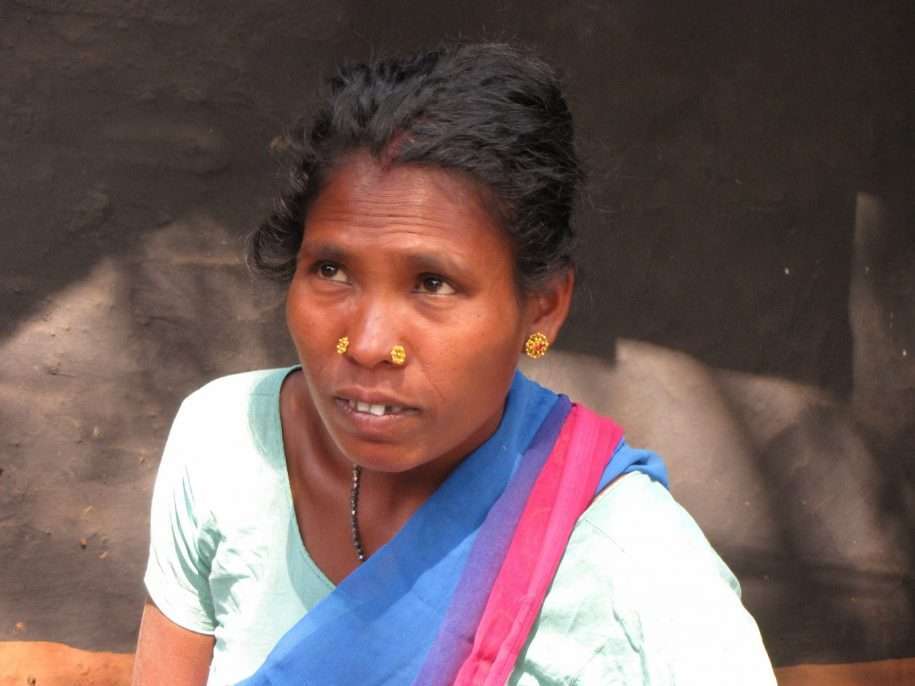References:
Feder, Gershon, Richard E. Just and David Zilberman, Economic Development and cultural change, 1985. Adoption of Agricultural Innovations in Developing Countries: A Survey
Malapit, Hazel Jean, Suneetha Kadiyala, Agnes R. Quisumbing, Kenda Cunningham, Parul Tyagi. 2013. IFPRI Discussion Paper
01313. Women’s empowerment in agriculture, production diversity and nutrition. Evidence from Nepal
Luz, Luciana, Agadjanian, Victor. 2012. Centre for Population Dynamics, Arizona State University, Women’s decision-making autonomy and children’s schooling in rural Southern Mozambique.





